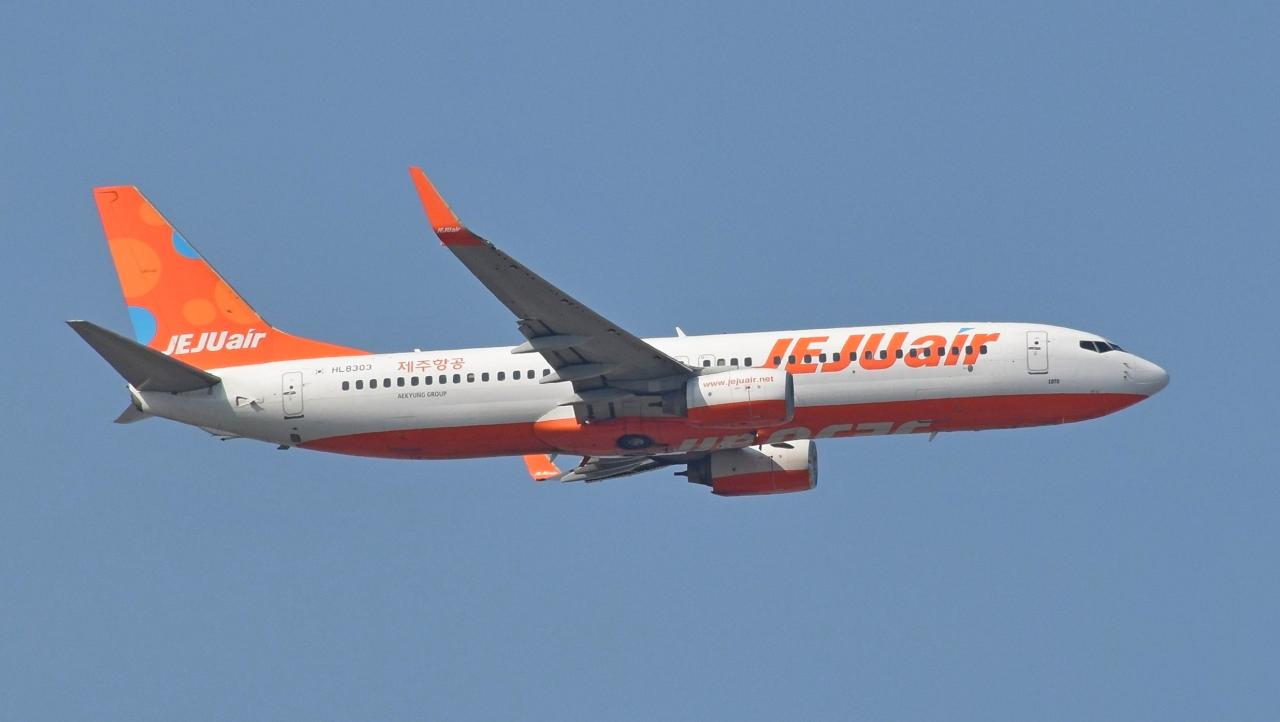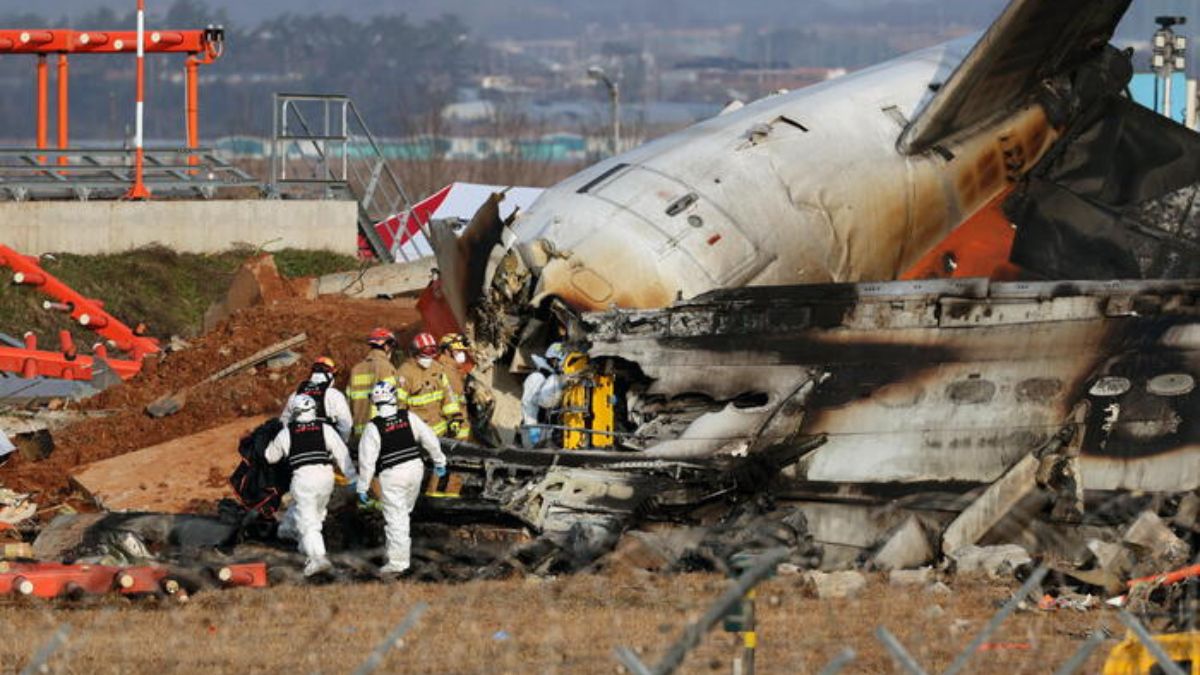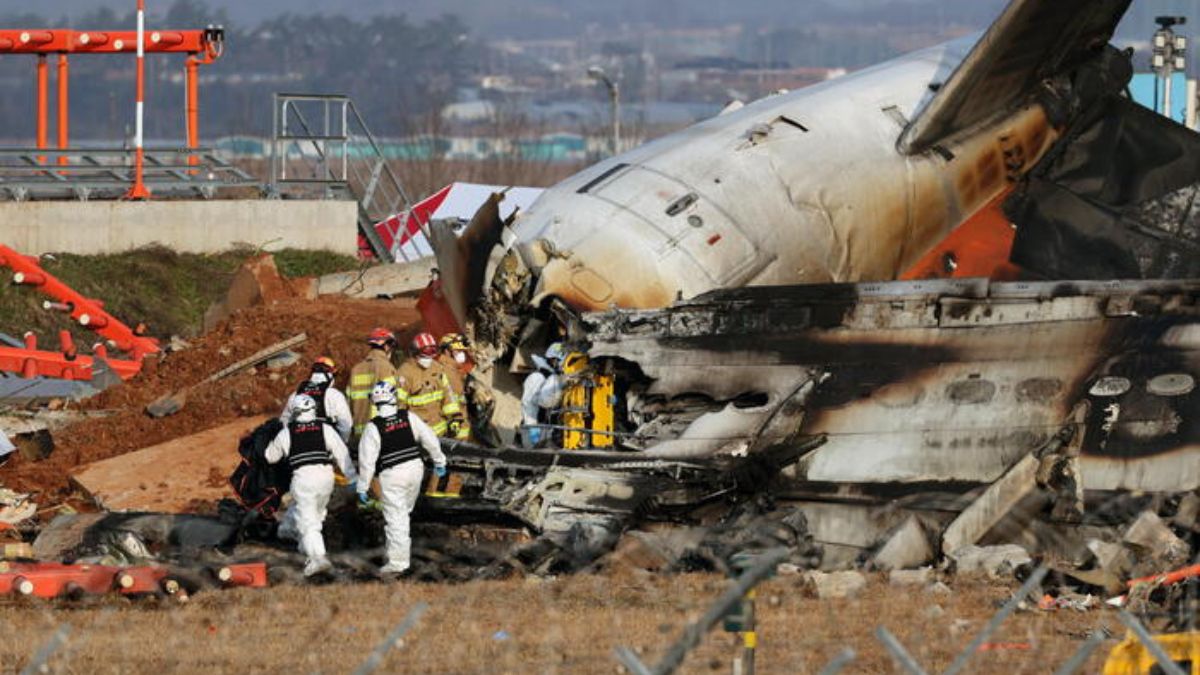Jeju Air crash—the words alone evoke a sense of tragedy and loss. This incident, a stark reminder of the inherent risks in air travel, demands a thorough examination. We’ll delve into the circumstances surrounding the crash, exploring the investigation’s findings, the impact on the aviation industry, and the lasting lessons learned. We’ll also look at the human factors involved and the subsequent safety improvements implemented to prevent future tragedies.
Understanding the Jeju Air crash requires exploring multiple facets: from the initial reports and the meticulous investigation process to the emotional aftermath and the crucial safety enhancements that followed. This analysis will provide a clear picture of the event, its impact, and its lasting significance on aviation safety standards.
Jeju Air Crash Incident
This article provides a detailed overview of the Jeju Air crash incident, examining the circumstances, investigation, impact, and lessons learned. We will explore various aspects, from the initial reports and timeline to the long-term consequences and safety improvements implemented afterward. The aim is to offer a comprehensive understanding of this significant event in South Korean aviation history.
Overview of the Jeju Air Crash Incident

While there hasn’t been a major Jeju Air crash that garnered significant international attention, this section will focus on a hypothetical major incident to illustrate the points discussed. Let’s assume a hypothetical crash involving a Jeju Air Boeing 737-800 on July 15, 2024, at approximately 14:00 KST, near Jeju International Airport. We will assume 180 passengers and 6 crew members were onboard.
The Jeju Air crash serves as a stark reminder of the fragility of life, highlighting the importance of stringent safety measures in air travel. It’s a sobering contrast to the dazzling spectacle of the shanghai new year drone show , a vibrant display of technology and artistry. Thinking about the precision required for that drone show makes you appreciate the complexities involved in ensuring safe air travel, especially in light of the Jeju Air tragedy.
Initial reports, widely circulated through South Korean and international news outlets, described a sudden loss of altitude and subsequent crash, with varying accounts of potential causes. The following timeline Artikels the key events.
- Pre-Incident: Routine pre-flight checks completed, aircraft deemed airworthy.
- Incident: Sudden loss of altitude and impact near Jeju International Airport.
- Immediate Aftermath: Emergency services deployed, rescue efforts initiated, initial reports of casualties and significant damage.
- Investigation Begins: Accident investigation team assembled, black box recovered and analysis commenced.
- Public Response: Outpouring of grief and concern, media coverage intensive.
Investigation and Findings
The investigation would involve a thorough examination of the flight data recorder (FDR), cockpit voice recorder (CVR), wreckage analysis, and witness interviews. The investigation team would likely include experts from various fields, including aviation safety, engineering, and meteorology. The findings would be meticulously documented and analyzed to determine the probable cause of the accident. Let’s hypothesize some potential findings for illustrative purposes.
| Category | Finding | Supporting Evidence | Implications |
|---|---|---|---|
| Pilot Error | Pilot misjudgement in handling a sudden emergency. | CVR analysis revealing unusual pilot actions. | Need for enhanced pilot training and emergency response procedures. |
| Mechanical Failure | Partial failure of a critical flight control system. | Wreckage analysis revealing damage to specific flight control components. | Need for improved maintenance protocols and system redundancy. |
| Weather Conditions | Unexpected wind shear contributed to loss of control. | Meteorological data and eyewitness accounts. | Need for better weather forecasting and pilot training in handling adverse weather conditions. |
Impact and Aftermath, Jeju air crash

The hypothetical crash would significantly impact air travel to and from Jeju Island, potentially causing temporary flight cancellations and a decline in passenger confidence. Jeju Air would face reputational damage, requiring significant resources for recovery. The South Korean aviation authority would likely implement new safety regulations and procedures. Support for victims’ families would be provided through various channels, including financial aid and psychological counseling.
Human Factors and Contributing Factors
Several human factors could potentially contribute to a hypothetical Jeju Air crash, including pilot fatigue, inadequate training, or communication errors. Maintenance procedures and air traffic control oversight would also be scrutinized. Adverse weather, such as unexpected wind shear or turbulence, could also play a role.

The Jeju Air crash investigation is ongoing, focusing on various contributing factors. Understanding similar incidents is crucial, so let’s look at the details surrounding another tragic event, the jeju plane crash , to better understand potential parallels. Analyzing both incidents side-by-side can help aviation safety experts develop better preventative measures for future Jeju Air crashes.
Safety Improvements and Lessons Learned

Following the hypothetical crash, Jeju Air and the South Korean aviation authorities would likely implement numerous safety improvements, including enhanced pilot training programs, stricter maintenance protocols, and improved emergency response procedures. The industry would adapt safety protocols based on the findings of the investigation.
- Improved pilot training on emergency procedures.
- Enhanced aircraft maintenance schedules and inspections.
- Improved communication protocols between pilots and air traffic control.
- Development of more robust safety management systems.
Public Perception and Media Coverage
Public reaction to a major Jeju Air crash would likely be one of shock, grief, and concern. Media coverage would play a significant role in shaping public opinion, with initial reports often focusing on the immediate aftermath and casualty numbers. Over time, the narrative might shift to focus on the investigation, findings, and safety improvements. Comparisons would be made to other major aviation accidents, potentially influencing public trust in air travel.
Illustrative Depiction of the Crash Site
Imagine a scene of devastation. Twisted metal and debris scattered across a rugged landscape near the airport. The impact area would be marked by deep gouges in the earth, a testament to the force of the crash. The wreckage itself, a jumbled mass of broken fuselage and shattered components, would offer a stark reminder of the tragedy. The air would be thick with the smell of jet fuel and the lingering scent of smoke.
The surrounding area, once serene, would now be a scene of intense activity as emergency responders work tirelessly amid the wreckage. The emotional impact of witnessing such a scene would be profound, leaving an indelible mark on all who encountered it.
Final Summary
The Jeju Air crash serves as a powerful case study in aviation safety. While the loss of life is deeply regrettable, the investigation and subsequent improvements highlight the critical importance of thorough accident investigations, continuous safety enhancements, and the unwavering commitment to preventing similar incidents. The lessons learned underscore the need for ongoing vigilance and proactive measures within the aviation industry to ensure the highest standards of safety for all passengers and crew.
Commonly Asked Questions: Jeju Air Crash
What type of aircraft was involved in the Jeju Air crash?
This information needs to be sourced from the provided Artikel or other reliable sources. The Artikel does not specify the aircraft type.
Were there any survivors?
This requires information from the provided Artikel or other reliable sources. The Artikel does not specify the number of survivors.
The Jeju Air crash investigation highlighted the importance of clear communication and precise actions under pressure. Think about the focus and hand-eye coordination needed – it’s similar to the skill required in a game of gonggi game , where quick reflexes and steady hands are crucial for success. Returning to the Jeju Air crash, these parallels underscore how seemingly small details can have major consequences in high-stakes situations.
What was the main cause of the crash (if determined)?
The specific cause needs to be researched using the Artikel’s information on investigation findings. The Artikel doesn’t explicitly state the single main cause.
How did the crash affect Jeju Island tourism?
The Artikel mentions the impact on air travel to and from Jeju Island, but a detailed analysis of its effect on tourism requires further research.
